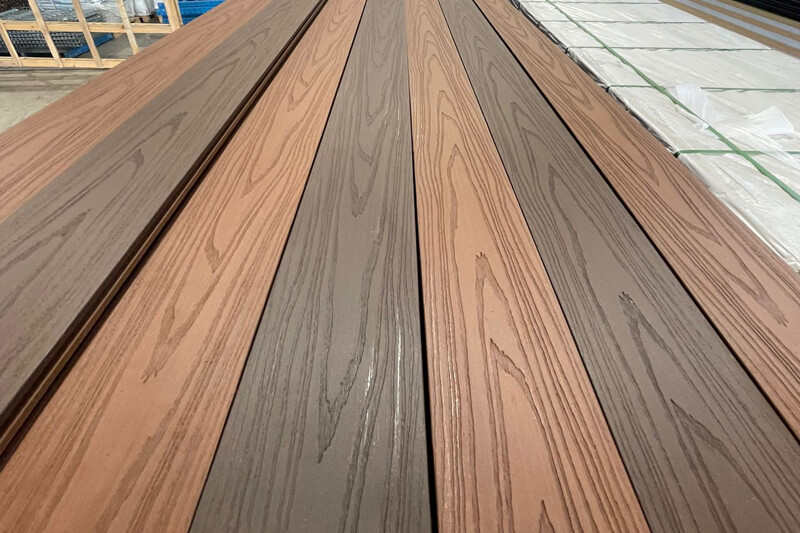Aside from a fortunate few, most people must work within a budget and must find ways to maximise their hard-earned money. Building a WPC decking Melbourne, like any other remodelling, may quickly become expensive if certain safeguards are not taken.
Determine planning
Think about how you intend to utilise the deck. Do you want it to be accessible from a single point or several? Any structural considerations must be carefully considered because resolving these issues after the deck is finished can be messy and costly.
This is also the time to identify any potential concerns that may arise during the construction process and how to address them. During the planning stages, a little study and kind counsel are beneficial. While no strategy can be completely foolproof, the more you prepare, the more likely everything will go as planned.
Reduce your offsets
Reduce your offsets (the material you throw away) to save money and use your resource more efficiently. You’ll squander fewer boards if you plan your deck correctly. Some suggestions are as follows.
Plan your deck around the supplies you’ll be purchasing. Our boards, for example, come in 5.4m and 5.8m lengths. Knowing the dimensions of your materials allows you to properly plan your decks. If necessary (depending on the size of your frame), use picture frames and breaker boards (boards perpendicular to the direction of the deck) to add more width to your deck.
Use your imagination when laying out your boards. Combining orientations, such as north/south and east/west, can allow you to cover more ground with fewer boards. To be safe, order 5% more boards than you actually require. Advantages of acquiring extra decking boards:
- Gives you greater leeway if things don’t go as planned (even the best of us can hit a snag).
- There is less possibility of running out of materials on the big day. This means no more waiting for deliveries or making extra journeys to the store.
- The leftover boards are conveniently kept, allowing for quick and easy repairs.
Consider expenses
Rot, water damage, warping, splinters, and, most notably, termites are examples of this. Wood is also infamous for being difficult to maintain, requiring annual treatments and polishing. This is the point at which you must alter your focus from ‘what’s the cheapest material’ to ‘what material offers the best value for money’. While timber decking may be less expensive at first, composite decking offers better long-term value.
- It looks better and stays that way.
- Is not as susceptible to weather as timber. This means there will be no rotting, warping, splintering, or fading.
- Termites are not a problem with composite decking because it is termite resistant.
- Decking upkeep over time
You also want it to be secure, especially if you have little children running around. The upkeep of a timber deck might cost up to $2000 each year.
Look for good value
This strategy will involve some patience, as you may need to explore several possibilities to find the appropriate plan that fits your budget while still providing value for money. One of the most significant long-term costs to consider is the upkeep required for your new deck. Your new deck is likely to be a popular spot in your house for family time, events, and simply relaxing, so you’ll want it to look its best.
Do not use low-cost materials
Remember that only 33% of your deck’s cost will be spent on boards, with the remainder going towards labour and subframe construction. For example, if you need to cut a whole new entrance and excavate the area where you intend to build your deck, the costs will quickly pile up.
If you already have a deck, you may be able to replace just the boards. The foundation and structure are the most expensive components of the construction, but you’d be surprised how much fresh deck boards can spruce up a slab of concrete.








